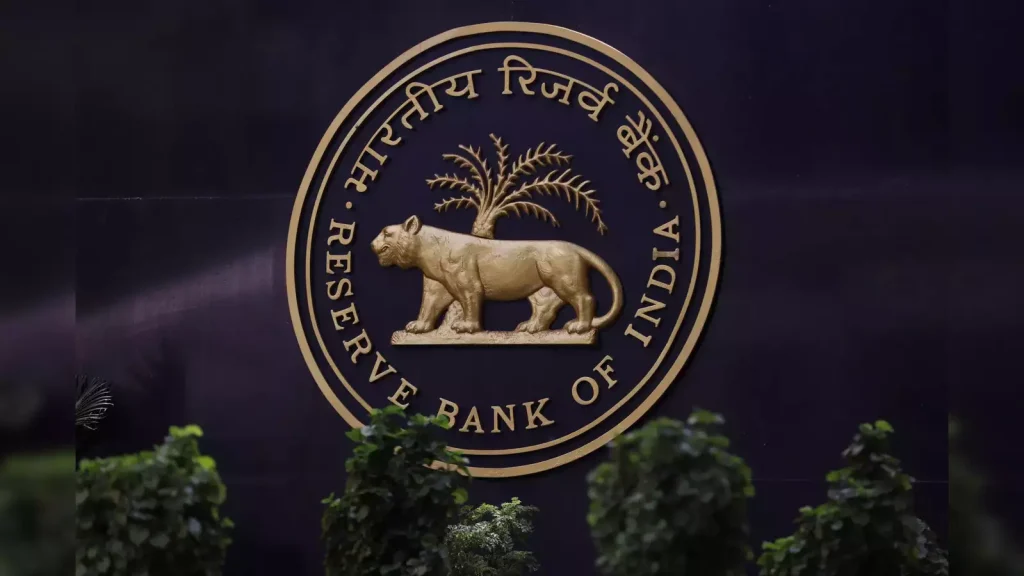Context:
Recently, the State Bank of India (SBI) released a report on the Investment and External Commercial Borrowings (ECB) landscape of India.
Investment Landscape
- In the nine months of FY25 (April-December 2024), the total investment announcements stood at Rs 32 lakh crore which is about 39% higher than the corresponding period of last year of Rs 23 lakh crore.
- The private sector accounted for nearly 70% of the investment in April-December 2024, up from nearly 56% for the corresponding period of last year, thus signalling strong corporate confidence.
Gross Block of Indian Corporates
As of March 2024, the gross block of Indian corporates reached ₹106.50 lakh crore, compared to ₹73.94 lakh crore in March 2020.
- Gross Block represents the original cost of procuring and erecting fixed assets (tangible and intangible) as appearing in the annual accounts of a company at the end of the accounting year. It essentially represents how much a company has initially invested in its fixed assets before depreciation is taken into account.
Over the last five years, an average of more than ₹8 lakh crore has been added annually to the corporate gross block.
Additionally, capital work in progress stood at ₹13.63 lakh crore in March 2024, indicating strong ongoing project development.
Household Net Financial Savings (HNFS)
- The net financial savings of Households in India improved to 5.3% of GDP in FY24 from 5.0% in FY23.
- Additionally, savings in physical assets increased from 12.9% of GDP in FY23 to 13.5% in FY24.
Investment as a Percentage of GDP
- In FY23, government investment reached 4.1% of GDP, the highest since FY12.
- Private corporate investment rose to 11.9% of GDP in FY23, its highest level since FY16.
- The share of private investment is projected to further increase to around 12.5% in FY24, reflecting improved business sentiment.
External Commercial Borrowings (ECBs) (as of September 2024)
The total outstanding ECBs stood at $190.4 billion as of September 2024. Out of this, the non-Rupee and non-FDI components accounted for approximately $154.9 billion.
The private sector accounted for 63% of the total outstanding ($97.58 billion), while the public sector accounted for 37% ($55.5 billion).
However, ECB as a percentage of GDP has declined from 1.9% in FY20 to 1.2% in FY24, suggesting improved domestic financing options.
- External Commercial Borrowings are commercial loans and bonds widely used by eligible resident entities who raise ECBs from recognised non-resident entities.
- ECBs are governed by the Foreign Exchange Management Act (FEMA), 1999.
ECB Cost Trends (April-November 2024)
- Interest rates on ECBs have shown a declining trend, reducing borrowing costs for Indian companies.
- The overall cost of ECBs fell by 12 basis points year-over-year to 6.6% during April-November 2024.
- In November 2024, the overall cost of ECBs further declined to 5.8%, a reduction of 71 basis points from the previous month.

